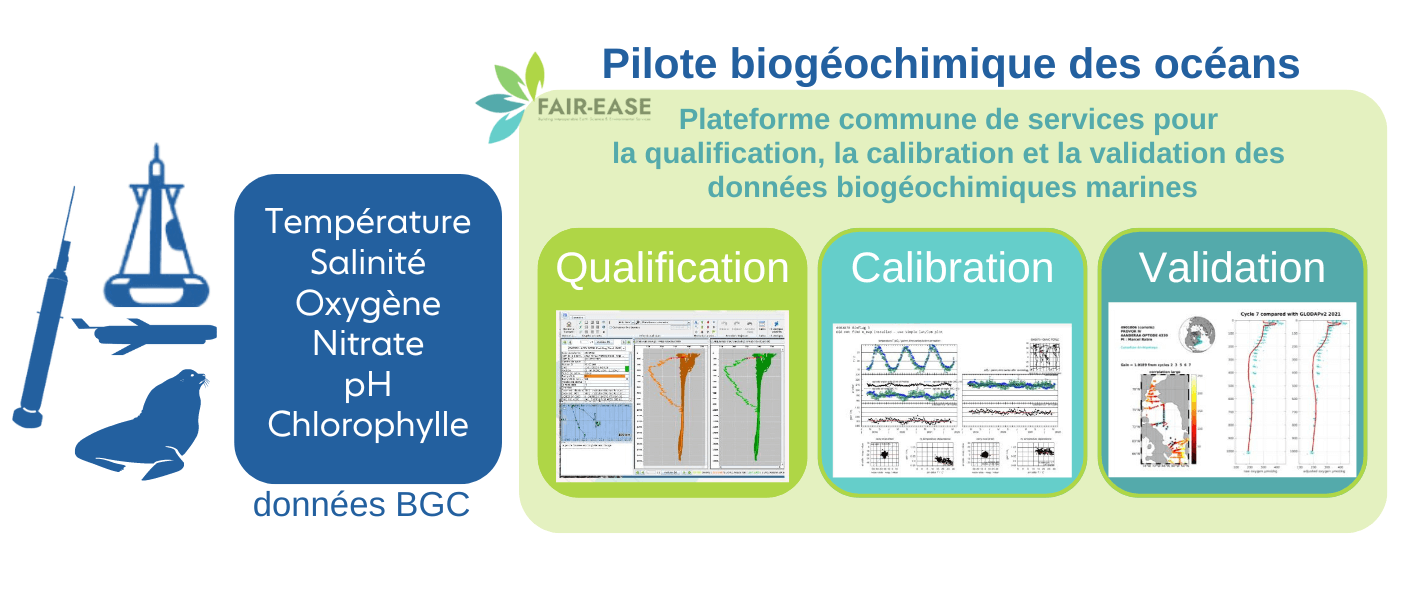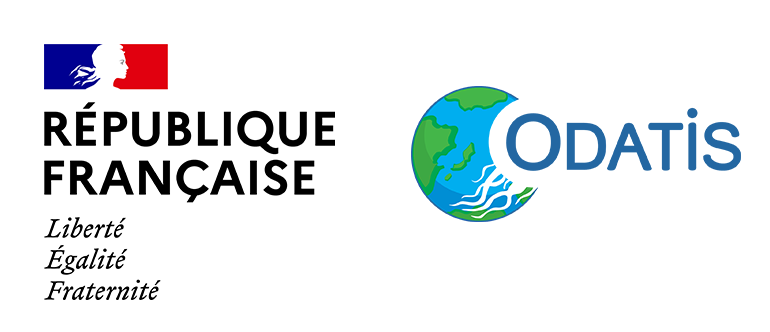Un pilote d'observation biogéochimique des océans est développé dans le cadre du projet européen FAIR-EASE, avec l’objectif de fournir une plateforme…
Salinity
ERROR: Content Element with uid "109" and type "odatisprovider_gridbloc" has no rendering definition!
Ocean salinity is the amount of salts dissolved in ocean waters. It is measured in units of salinity (psu), which expresses a conductivity ratio. On average, the salinity of the oceans is 35 PSUs, which is equivalent to ~35 grams of salts per litre of seawater.
By influencing the density of seawater, salinity influences ocean circulation: the more salty the water is, the more dense it is.
(copy 2)
Satellite measurements
The sensors on the satellite payload are able to measure, still indirectly, surface salinity (SSS, Sea Surface Salinity). These sensors are passive radiometers, sensitive to the gloss temperature of the surface layer. The SMOS satellite is an example of a two-dimensional interferometric radiometer.

In-situ measurements
Salinity is a difficult parameter to measure directly. To overcome this difficulty, practical salinity is defined from simultaneous measurements of the temperature, pressure and electrical conductivity of a seawater sample.
For non-standard salinity waters, direct chemical analyses, by drying and weighing the solid residue, are carried out in the laboratory.
In-situ instruments are capable of taking seawater samples or measuring conductivity to calculate the salinity of seawater, either at the surface or along the water column.
CTD sensors (Conductivity, Temperature, Depth) simultaneously measure temperature, salinity and pressure in seawater. These sensors can be installed on bathysondes (rosette) or on fixed or drifting anchorages. They profile up to several thousand metres. Their data is collected aboard the vessel upon receipt of the bathysonde at the surface or via satellite when the drifting float rises to the surface.
XBT probes, launched from the deck of a ship, also measure salinity along the water column up to several hundred metres. A copper wire allows the data to be transmitted to the ship.





